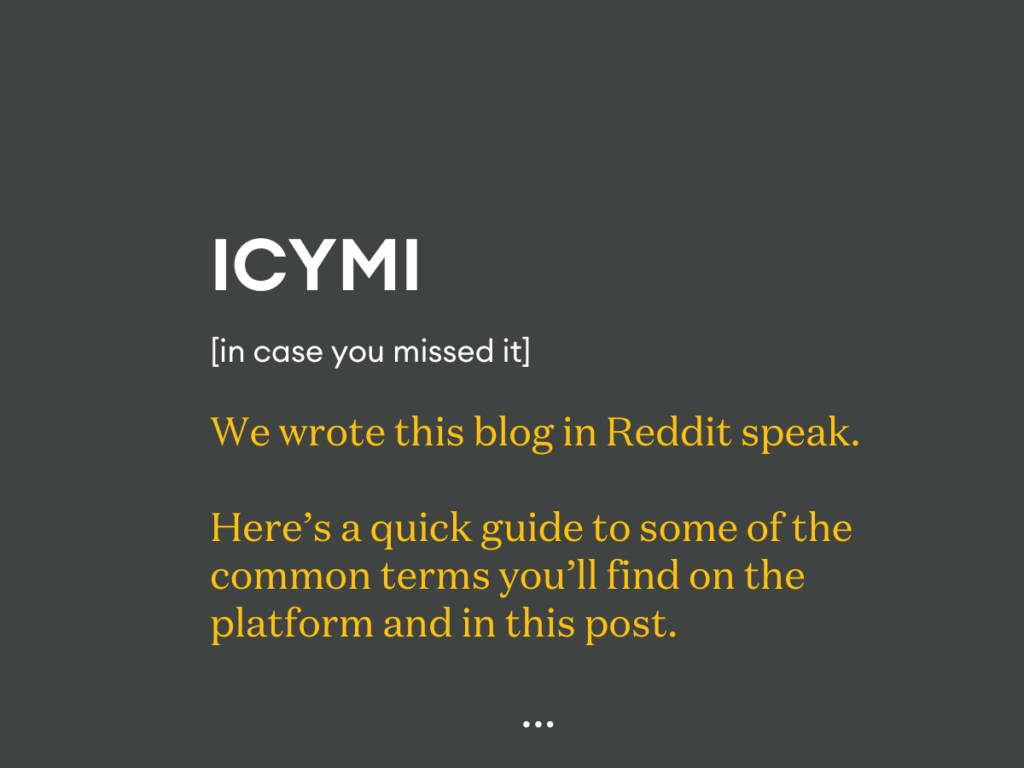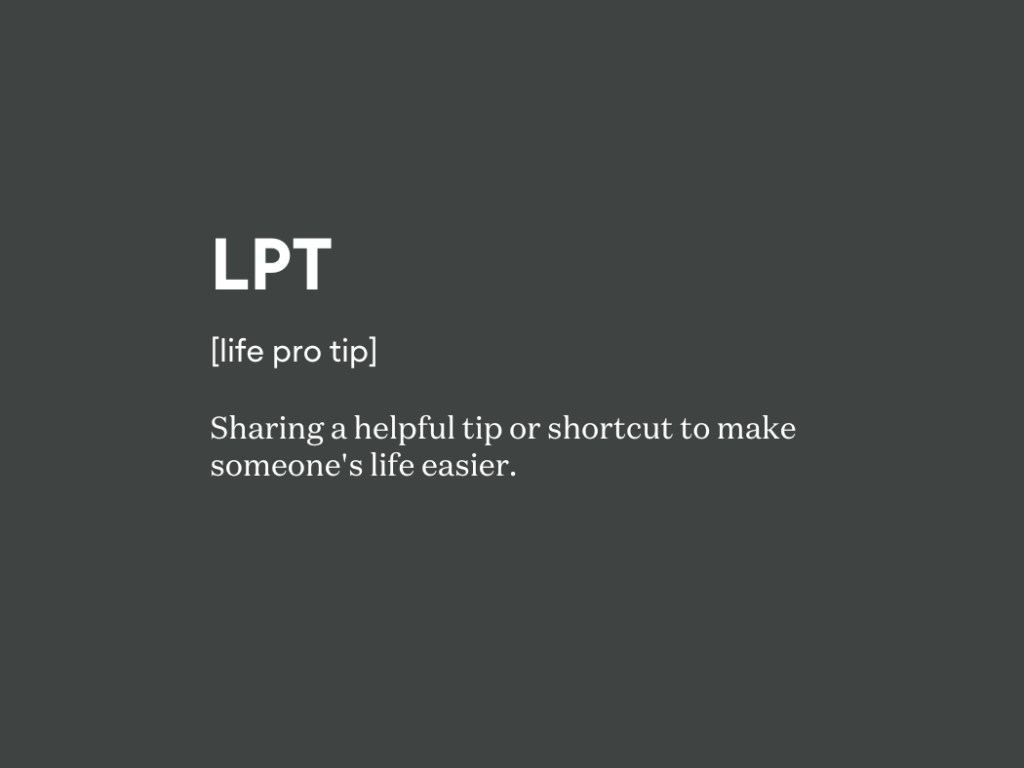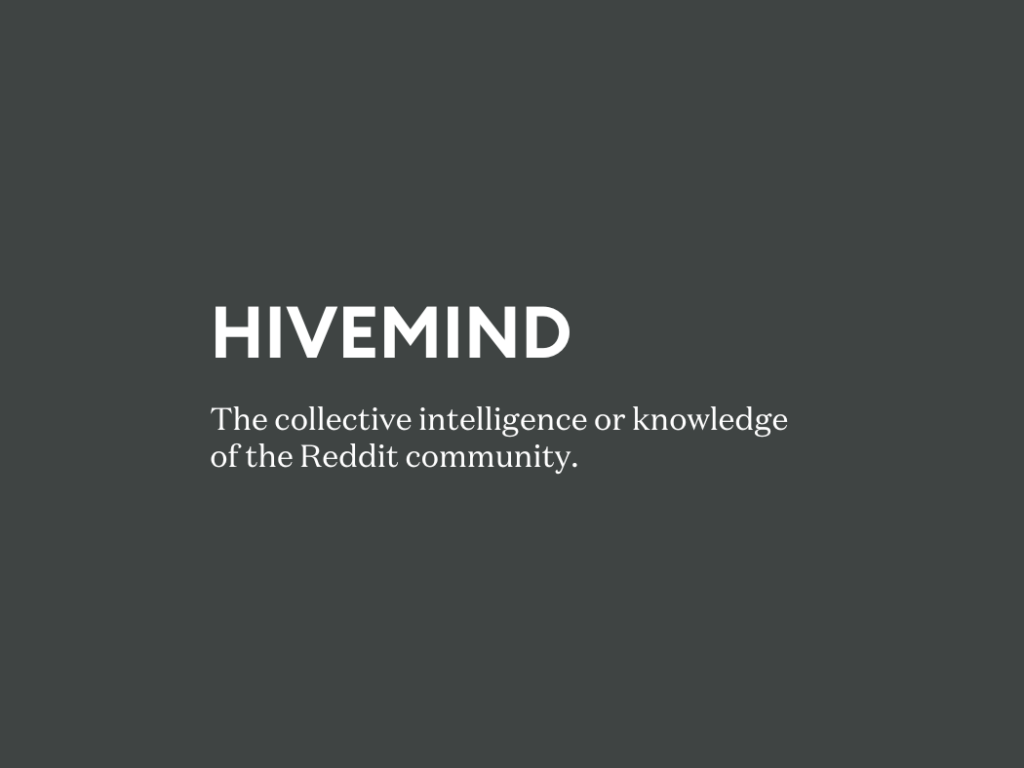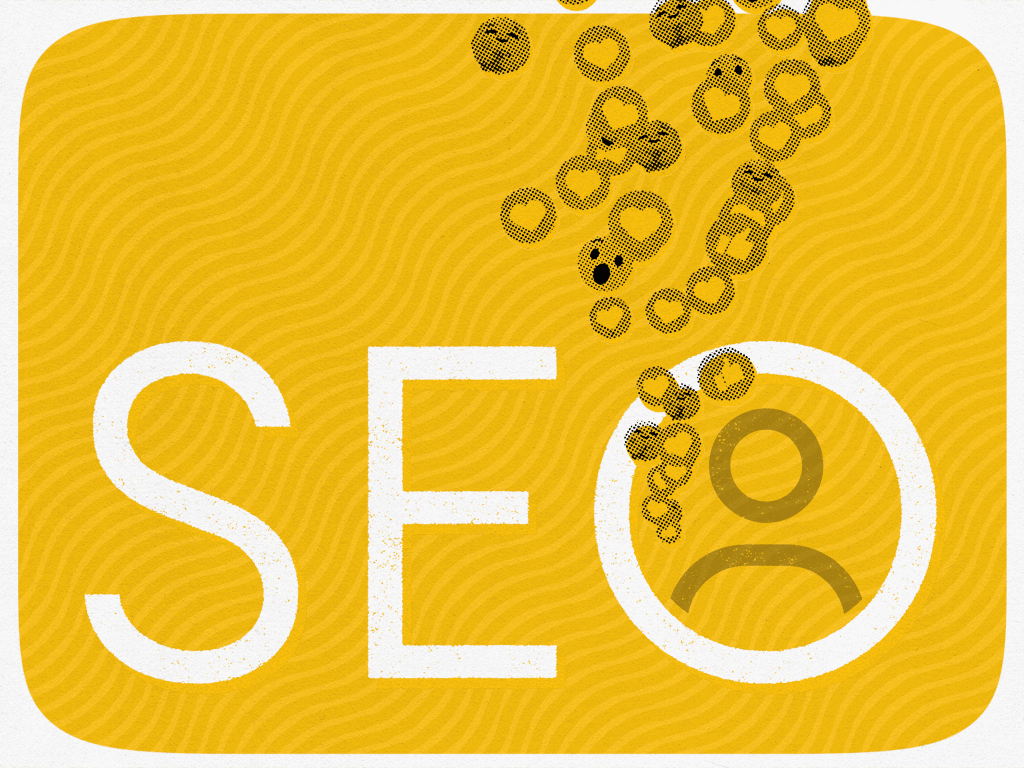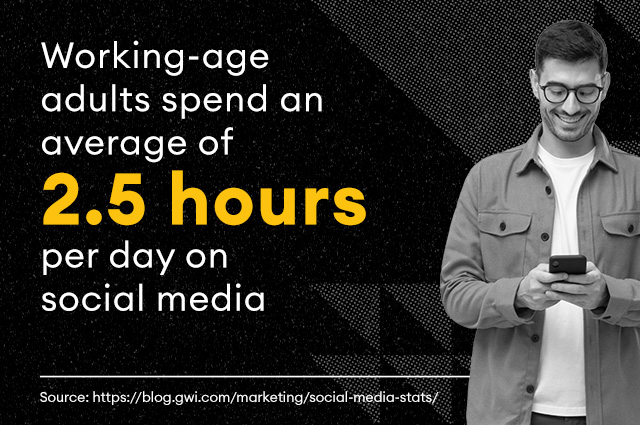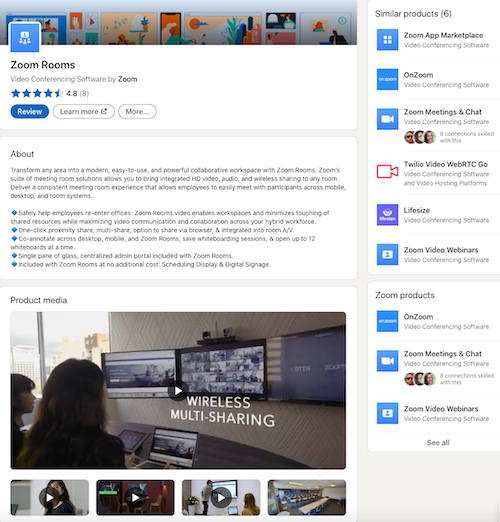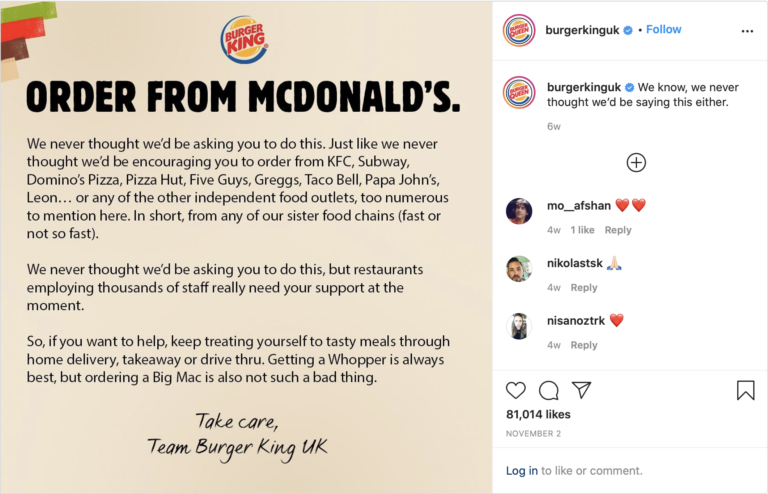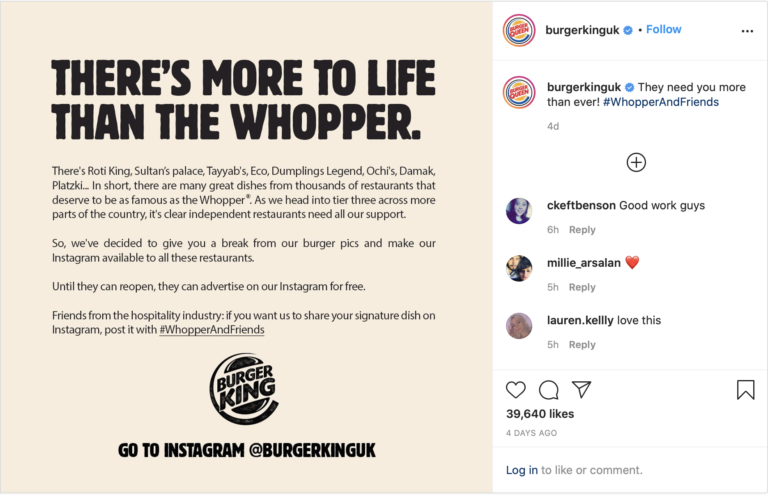Is it just me, or DAE wonder why Reddit has become such a significant holder of SERP real estate? As a user and consumer, I’ve increasingly noticed that Reddit forums dominate the results I see for product and service-based queries, and as an ever-curious SEO and content strategist, I need to know why.
So, what’s happening here? Why has Reddit emerged as a force to be reckoned with in the SEO game? And what does this mean for us as marketers? Brace yourselves: we’re about to explore the complex and evolving world of Reddit and SEO, as well as the profound impact “the front page of the Internet” has on how users seek and interact with information.
ELI5: What even is Reddit?
Before we delve into the “why,” let’s quickly recap what Reddit is for those unfamiliar with this online behemoth.
Think of Reddit as a massive, decentralized forum where users create and share content on a wide range of topics. These communities, called subreddits, cover everything from news and technology to niche hobbies and local interests. Personally, I’ve used Reddit to discuss SEO news and trends with my professional cohorts, find volunteer opportunities in my community, and, most recently, connect with a fellow “elder emo” music fan to snag a ticket to a very much sold-out show for a “bucket list” band. Simply put, there’s something for everyone (YMMV on concert tickets).
Reddit’s diverse user base has more than 267.5 million weekly active users, solidifying its position online as a veritable melting pot of voices and perspectives. This rich and varied audience actively engages with all kinds of content, creating a dynamic platform where discussions and user-generated content (UGC) reign supreme.
Why is Reddit taking over search results?
Now, onto the juicy part: why is Reddit suddenly showing up everywhere in search results? Here are a few key factors contributing to its rise:
The power of user-generated content
In its relentless pursuit of providing the best user experience, Google’s algorithm increasingly values authentic, unbiased, and people-first content. Reddit thrives on UGC, offering a treasure trove of real-world opinions, experiences, and insights that traditional websites often lack. This authenticity resonates with search engines, making Reddit a valuable source of information.
Diversity and depth of content
Reddit covers a mind-boggling range of topics, with in-depth discussions and detailed information on virtually anything you can imagine. This depth allows Reddit to address long-tail keywords and niche queries with a level of specificity that traditional websites might struggle to match.
Community-driven authority
Reddit thrives on user engagement. Upvotes, downvotes, and discussions within subreddits organically signal the value and relevance of content. This community-driven authority system likely helps Google identify high-quality, trustworthy information.
The Reddit IPO effect
While maybe not a direct cause, Reddit’s recent IPO may have contributed to its increased visibility in search results. With heightened public interest and media attention, Google might be placing a greater emphasis on crawling and indexing Reddit content.
TIL why Reddit matters for marketers and SEOs
So, what does this Reddit SEO phenomenon mean for us as marketers and SEO professionals? A lot. In fact, you might think of Reddit’s rise in SEO and SERP positioning as both an opportunity and a challenge:
- Opportunity: Reddit offers a powerful platform to connect with real users, gather valuable insights, and build brand awareness. Engaging with relevant subreddits allows you to participate in organic conversations, address customer concerns, and establish yourself as a thought leader in your industry.
- Challenge: Reddit is a community-driven platform with strict guidelines and Reddiquette, not a marketing playground. Spammy tactics or self-promotion will be met with swift backlash. Building trust and providing genuine value are required for a visibility victory on Reddit.
Case in point: How brands are rocking Reddit
Is your brand up for the challenge? You’ll find success stories from brands like Nordstrom, Toyota, and Xbox One that have implemented effective Reddit engagement strategies.
Spotify was a pioneer on the platform. In 2014, the music streaming service created a branded account and sparked a virtual thread asking users to share the most emotionally impactful songs in their lives, and ended up with more than 10,000 responses. Leveraging this user-generated content, Spotify made a unique playlist, demonstrating their understanding of their audience and building trust within the Reddit community.
Other examples of brands taking on the Reddit challenge:
- Toyota: They’ve tapped into Reddit communities like r/forumla1, r/cars, and r/trucks, providing helpful content and insights from their engineers, fostering trust and brand loyalty among car enthusiasts.
- Xbox One: By actively participating in gaming subreddits, hosting AMA (ask me anything) sessions with game developers, and addressing user concerns directly, Xbox One has built a strong community around its brand.
But wait, there’s more. Reddit’s presence at CES 2024 walked marketers through how their platform is an essential touchpoint on the customer journey with an activation called “Key to Context.” The hands-on walk-through experience showed how instrumental the platform was in a car-buying experience and unlocked opportunities for brands to engage with consumers through UGC and strategically promoted posts.
Who owns brand Reddit strategy? It’s a team effort
While Reddit engagement might fall outside typical job descriptions, brands can create a “Reddit village” for success. This village includes passionate brand advocates (including employees, partners, and even consumers), community managers who curate content, and SEO/content teams who translate Reddit insights into broader strategies.
LPT: 5 ways to use Reddit for SEO and online visibility
Now, the million-dollar question: how can we leverage Reddit’s SEO potential within the spirit of the platform’s core values? I’ve got a few pro tips and ideas from my experience and research, as well as those collected from the SEO hivemind.
- Find your niche: Identify relevant subreddits where your target audience actively engages. Research their interests, common discussions, the language they are using (linguistic profiling), and the overall tone of the community.
- Become a valuable contributor: Don’t just drop in and promote your brand. Actively participate in discussions, share your expertise, and answer user questions genuinely. Provide insightful comments and contribute valuable content that benefits the community.
- Focus on long-tail keywords: Reddit excels at long-tail queries due to its in-depth discussions. Optimize your content for these specific keywords to increase your chances of appearing in relevant search results.
- Embrace UGC: Encourage users to share their experiences with your products or services within relevant subreddits. This organic UGC can be incredibly powerful for building trust and brand sentiment.
- Track and analyze: Monitor your Reddit activity and track the impact on your SEO metrics. Use tools like Semrush and Google Analytics 4 to measure organic traffic and identify which subreddits and posts drive the most engagement.
TL;DR: Reddit and SEO success requires a long-term, user-centric approach
Reddit’s growing prominence in search results is a testament to the power of user-generated content and authentic online communities. As marketers and SEOs, we must adapt our strategies to embrace this shift. Success on Reddit comes from building genuine relationships, providing value, and becoming a trusted member of the community.
Leveraging Reddit in your online footprint is a long-term integrated digital marketing game, not a quick SEO win. But by approaching Reddit with a user-centric mindset and focusing on providing value, you can tap into its immense potential and elevate your brand to new heights.


